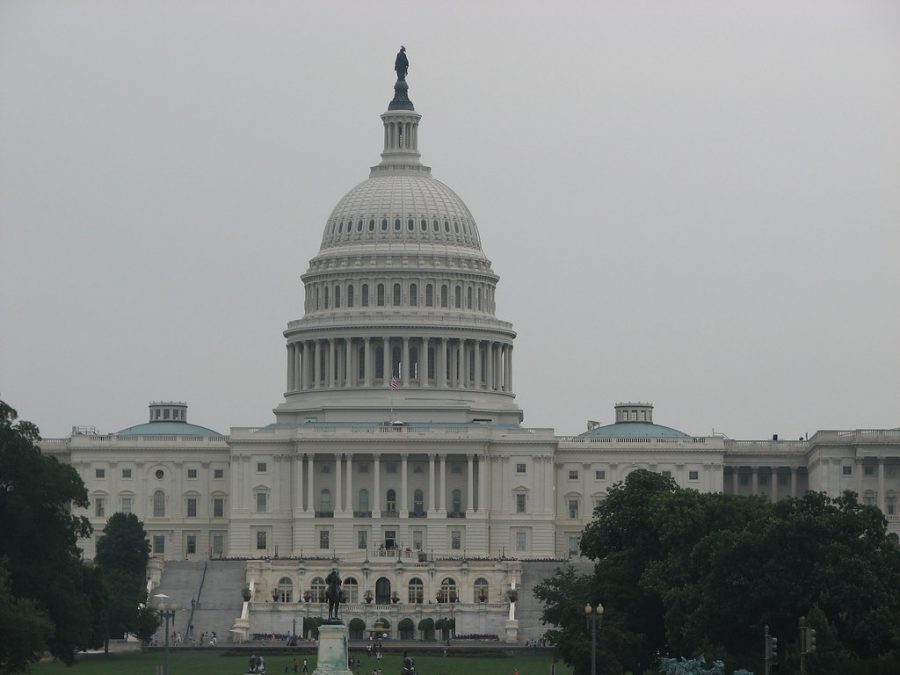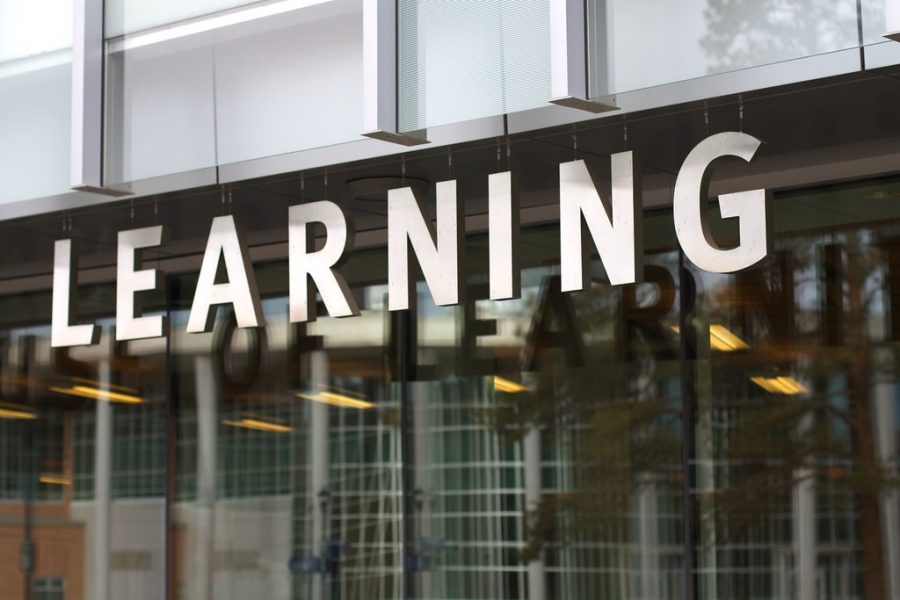In 2010, the eight high school students of Monument Mountain Regional High School. who created a self-run school-within-a-school, rejoiced as Principal Marianne Young approved the Independent Project at her school for a second time. The student-initiated program, which aims to provide education for people of all different races and socioeconomic classes, compiled these goals under one name – “The Independent Project.”
Participants in this novel experiment saw great success during their first term, and are expected to go even further in their second, despite the sensationalized choice to goof off—the frightening possibility that comes along with the added freedom of this “alternative school.” However, it is irrefutably not the case. The derisive criticism of the place containing no parents, teachers, or other adults is drowned out by the students’ impressive personal endeavors. Accomplishments like writing novels or plays are achieved by these individuals through the completion of weekly assignments–the program’s only structure.
Regardless of the success of these students, impediments still exist. These kids have goals to edify the conventional education system from the simple void-like place where uninspiring teachers force their state-generated curricula down the throats of a diverse student body. “It’s ridiculous to think that kids can be trusted to learn on their own,” one teacher of the building proclaimed, ridiculing the contempt these children have for the way they were previously taught. Such a statement embodies the accusations of the far larger party in this contentious debate, arguing that these children are using the designated closet space as a “hang-out;” rather than as an enlightening place. Opponents note the “Independent Project” may be part of a solution to enhance education at the global scale…but not all of it.
Mathew Wohl, a History Teacher at MMHS, can attest to the need for an educational change from a vapid environment, as he announced without the oblique tone that many of his fearful faculty members utilize when questioned on this uncomfortable matter. “It’s not as if there is some sinister group of educational leaders who are intent on making American education intellectually and existentially numbing. It’s just the nature of large bureaucracy and large institutions.”













